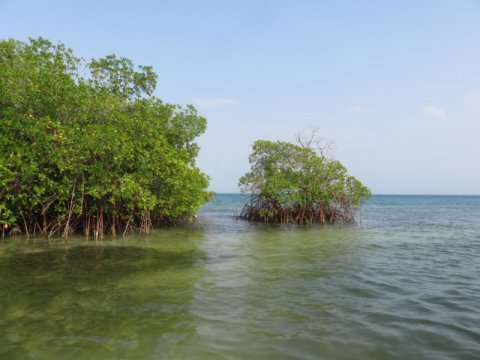Mangroves can help countries mitigate their carbon emissions

Geographers from the National University of Singapore (NUS) have found that coastal vegetation such as mangroves, seagrasses, and salt marshes may be the most effective habitats to mitigate carbon emissions.
The study, which was conducted by researchers from the Department of Geography at the NUS Faculty of Arts and Social Sciences, indicates that nations with large coastlines could expand these ecosystems to further counteract their fossil fuel emissions. These findings were published in the Royal Society journal Biology Letters on 24 October 2018. With the recent Paris Agreement setting a target for all nations to become carbon neutral in the future, utilising these natural ecosystems could help to achieve this goal.
The impact of coastal vegetation
Coastal vegetation, known as a "blue carbon" ecosystem, can grow fast and has the ability to accumulate organic carbon in the water-saturated soil that surrounds it. Therefore, blue carbon vegetation like mangroves are able to store carbon more efficiently, in a way that other ecosystems such as tropical rainforests are not able to.
On a global scale, the impact of blue carbon is diminished, due to the limited range of these coastal regions. In fact, just 0.42 per cent of the global human-induced carbon emissions in 2014 were mitigated by these ecosystems. However, for countries with extensive coastlines, moderate carbon emissions, and limited deforestation, these habitats could be effective at counteracting some of the fossil fuel emissions caused by human activities.
For More: https://www.sciencedaily.com/releases/2018/11/181109101451.htm

